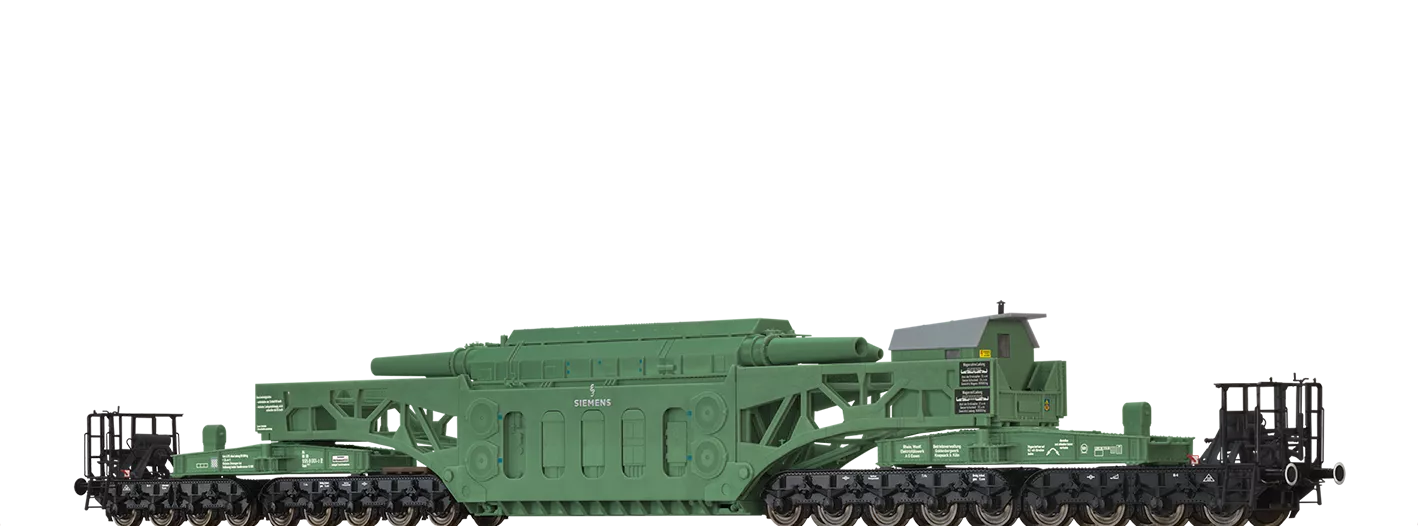
H0
Brawa MuseumModel year 2022
Heavy Duty Freight Car Uaai672.9 DB AG
Road no.: 84 80 995 8 001-3 [P]
Item no: 50586
Sold out
Item no: 50587
Sold out

Das goldene Gleis
Die BRAWA Schwerlastwagen SSt 125 wurden im Wettbewerb der Verlagsgruppe Bahn „Das goldene Gleis” in der Kategorie Güterwagen zum Sieger gekürt. | The BRAWA Heavy Duty Freight Car SSt 125 were chosen as the winners in the competition of the railway publishing group "Das goldene Gleis" in the category freight cars.

